Industry information
Company News
- Aluminum veneer, the fashionable "lightweight" new favorite in the construction industry
- Aluminum veneer customization, creating a new trend of personalized space
- Aluminum veneer: the fashionable choice for modern architecture
- New trend of aluminum veneer: perfect integration of fashion and practicality
- Aluminum veneer curtain wall: the integration of art and technology in modern architecture
Industry dynamics
- Innovative application of arc roller coated aluminum veneer in architectural design
- The choice of exterior wall decoration that combines aesthetics and practicality with aluminum veneer
- Aluminum veneer curtain wall, the fashionable "coat" of modern architecture
- Aluminum veneer curtain wall: the fashionable choice for modern architecture?
- Aluminum veneer curtain wall: creating a new fashion for modern architecture
Frequently asked questions
- What are the surface treatment methods for aluminum veneer?
- How to improve the insulation performance of aluminum veneer?
- What is the insulation performance of aluminum veneer?
- What is the fire resistance of aluminum veneer?
- How to improve the sound insulation performance of aluminum veneer?
contact us
Mobile phone: 15627778610
Email: 2201229786
Address: No. 5 Binjiang Road, High tech Zone, Zhaoqing City
What are the advantages of using aluminum veneer in modern architecture?
- Author: Xinlongtai Aluminum Industry (Guangdong) Co., Ltd
- Release time: March 14, 2025 11:06:11
- Click:0
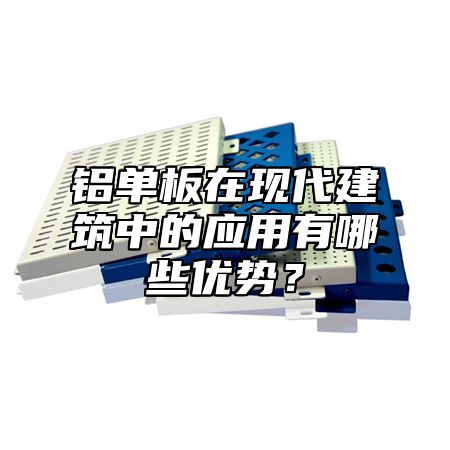
Aluminum veneer, as a new type of building material, is increasingly being used in modern architecture. It has the advantages of lightweight, high strength, corrosion resistance, and easy processing, and has become one of the indispensable materials in modern architecture. This article will provide a detailed introduction to the application advantages of aluminum veneer in modern architecture from multiple perspectives.
1、 Energy conservation and environmental protection
Aluminum veneer has excellent thermal insulation performance, which can effectively reduce building energy consumption and environmental pollution. Using aluminum veneer as exterior wall material in architectural design can reduce wall thickness, improve indoor space utilization, and thereby reduce building energy consumption. A series of environmental protection measures are also adopted in the production process of aluminum veneer, such as recycling waste materials, further reducing the degree of environmental pollution.
2、 Beautiful and elegant
Aluminum veneer has good plasticity and decorative properties, and can be customized in various colors and shapes according to the requirements of designers to meet different architectural decoration needs. The surface of aluminum veneer is smooth and flat, not easy to absorb dust and dirt, easy to clean and maintain, ensuring the beauty and cleanliness of the building appearance.
3、 Convenient construction
Aluminum veneer is lightweight, high-strength, easy to process, and easy to construct. During the construction process, there is no need for extensive concrete pouring and reinforcement of steel bars, greatly shortening the construction period. Aluminum veneer can also undergo on-site cutting, slotting, and other treatments for easy installation and maintenance.
4、 Fire safety
Aluminum veneer is a non combustible material with good fire resistance. The use of aluminum veneer as exterior wall material in architectural design can effectively prevent the occurrence and spread of fires, ensuring the safety of people's lives and property.
5、 Economical and affordable
Compared to traditional building materials, aluminum veneer has a higher cost-effectiveness. Aluminum veneer has relatively low production costs and a long service life, which can bring long-term economic benefits to buildings. Aluminum veneer can also be combined with other building materials to form a more diverse and colorful architectural form.
The application of aluminum veneer in modern architecture has multiple advantages. Its energy-saving, environmentally friendly, aesthetically pleasing, easy to construct, fire-resistant, and cost-effective characteristics make it an indispensable material in modern architecture. With the continuous improvement of people's requirements for building quality and safety, it is believed that the application scope of aluminum veneer will continue to expand and play a more important role in future building design.

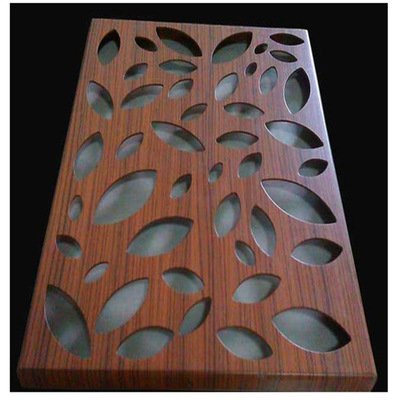
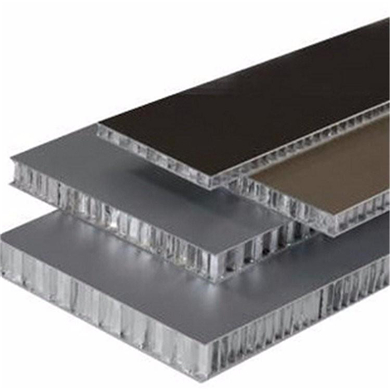

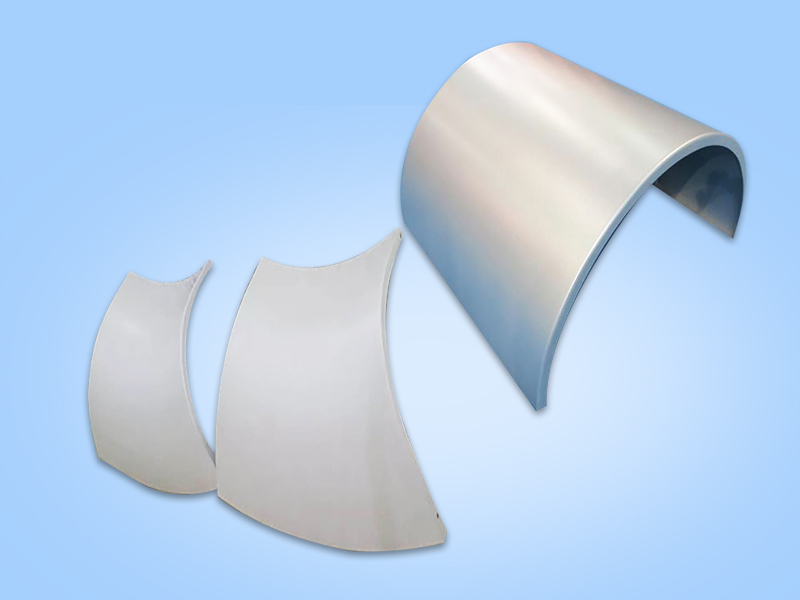
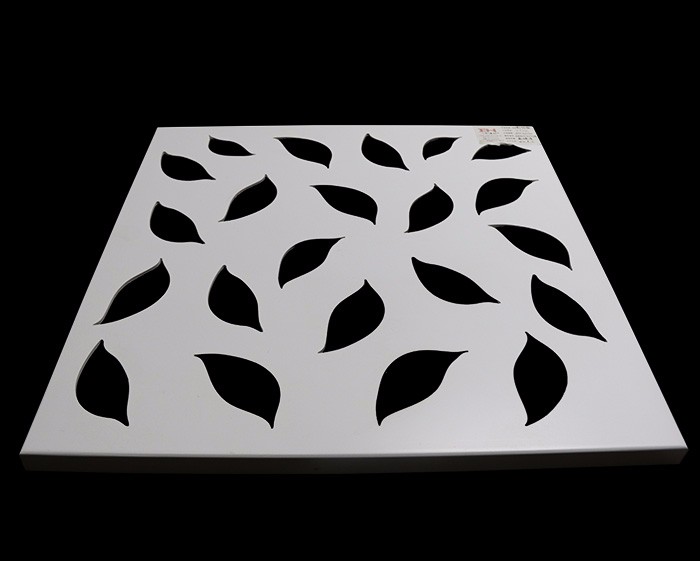
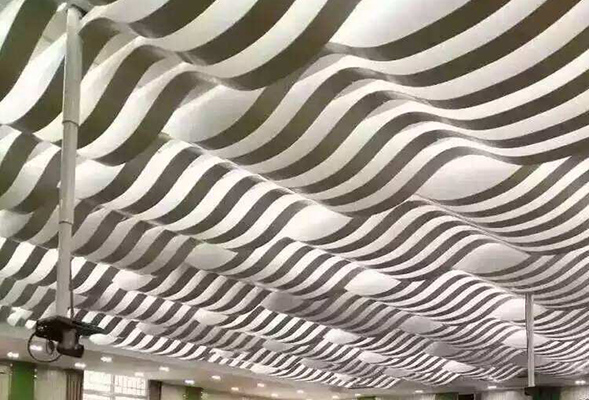
 Customer service QQ
Customer service QQ